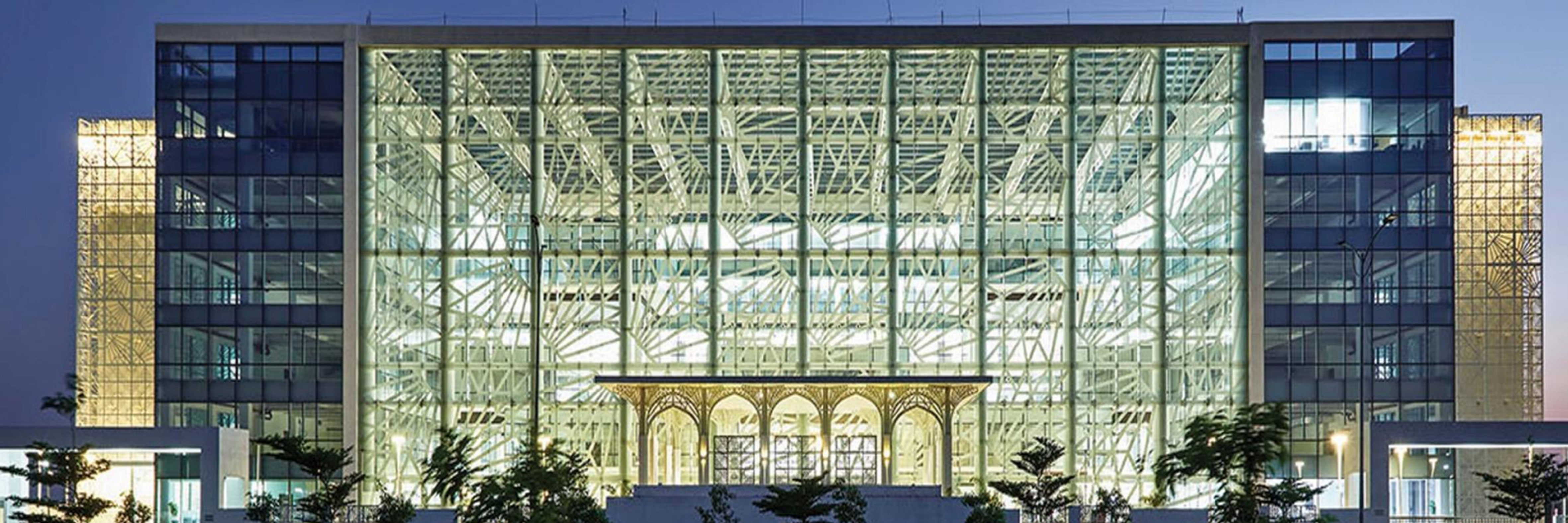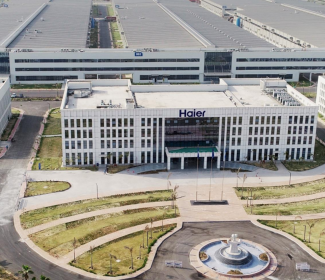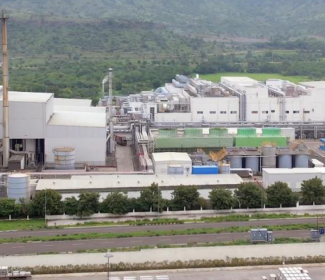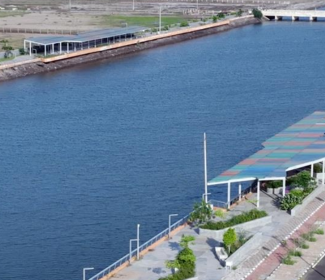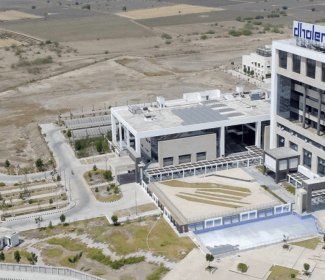India is embarking on a transformative journey with the development of 12 new industrial smart cities under the National Industrial Corridor Development Programme (NICDP).
These cities are set to become dynamic centers of industry and innovation with a substantial investment of ₹28,602 crore. Strategically located along the Golden Quadrilateral, comprising Delhi, Mumbai, Kolkata and Chennai, they promise to drive significant regional development, attract global investments and create millions of jobs — marking the beginning of a new era of economic growth.
This massive project aims to build a network of state-of-the-art industrial hubs that will propel India’s economy — and not just build new cities.
Through the integration of cutting-edge infrastructure and knowledge from worldwide best practices, these cities will strengthen India’s global leadership role in manufacturing. They claim to usher in a new era of economic growth and prosperity by lowering logistical costs, increasing GDP and generating significant investments.
Advanced industrial infrastructure
Aiming to build a global manufacturing ecosystem, the NICDP is focused on creating globally competitive industrial environments across the designated corridors. These include the Delhi-Mumbai Industrial Corridor and the Amritsar-Kolkata Industrial Corridor with state-of-the-art infrastructure designed to meet the needs of modern industries. Highlights of these next-gen areas include:
- Plug-and-play utilities
- Smart ICT-enabled environments
- Reliable power and water supply
- Sustainable waste management systems
From the initial steps in 2014, where the focus was on basic infrastructure development and land acquisition, the program has made significant strides in a decade. Key projects now boast completed trunk infrastructure, including roads, utilities and command centers.
“The adoption of smart power grids, sustainable water management and zero-wastewater discharge systems reflect a comprehensive adaptation of green practices. Renewable energy integration, including solar and wind power and circular economy principles have become integral components of the NICDP, ensuring that these new industrial hubs are not only advanced, but also environmentally sustainable,” says Ananthanarayanan Shanmugam, Senior Vice President & Chief Facilitation and Government Relations Officer (State Facilitation) at Invest India.
“These corridors symbolize India’s commitment to creating a world-class manufacturing ecosystem. They are vital for positioning India as a global manufacturing leader,” adds Shanmugam.
The new industrial cities are strategically positioned to offer seamless connectivity through highways, dedicated freight corridors, railways, ports and airports. This robust infrastructure reduces logistic costs and enhances supply chain efficiencies, making India a more attractive destination to global investors.
The initiative is designed not just to create industrial powerhouses, but also to develop livable urban environments with a “walk-to-work” culture and integrated social infrastructure.
Strategic locations and seamless connectivity
Reducing logistic costs, these 12 new industrial cities are strategically mapped and designed to provide seamless connectivity where the robust infrastructure also aims to improve supply chain efficiencies, making India an even more appealing site for international companies, especially investors.
The Khurpia Industrial Park in Uttarakhand, with an investment of ₹6,180 crore, will primarily focus on automobiles, engineering and fabrication. The Rajpura Industrial Park in Punjab’s Patiala will focus on electronics, textiles and fabricated metal facilities with an investment potential of ₹7,500 crore.
Other major industrial parks include one in Uttar Pradesh’s Agra. The other one in Prayagraj focuses on electric vehicles, readymade clothes and cycle manufacturing. In neighboring Bihar’s Gaya, a 1,670-acre project will focus on agricultural goods, fabrication and furniture production.
The 6,056-acre Dighi Port Industrial Area project in Maharashtra seeks to employ over 1.14 lakh people in industries such as engineering, pharmaceuticals and chemicals.
Telangana’s Zaheerabad project, which spans 3,245 acres, will concentrate on transportation and electrical equipment, as well as metallic and non-metallic resources. The Palakkad Industrial Park in Kerala, covering 1,710 acres, will focus on medicinal and botanical items, fabricated metal products and high-tech industries.
The new smart cities would also comprise industrial hubs in Rajasthan and Andhra Pradesh, with a concentration on construction materials, medical equipment, renewable energy and aerospace.
Investment potential and economic impact
These smart cities, forming a strategic “necklace” along the Golden Quadrilateral, are expected to attract investments worth ₹1.52 lakh crore. The main impact to highlight is significant contribution these industrial areas will make to India’s GDP growth in coming years.
The projects are expected to create up to a million direct jobs and an additional three million indirect jobs, marking a transformative impact on the employment landscape in the regions where these cities are developed.
The NICDP’s strategic approach includes the development of multi-sectoral manufacturing hubs that cater to a wide range of industries — from pharmaceuticals to textiles — diversifying India’s industrial base.
Presently, these industrial cities are expected to create approximately a million direct jobs, reflecting a remarkable increase from the initial projections in 2014 that estimated the creation of around one-two lakh jobs across early-stage projects. This exponential growth in employment potential highlights the transformative impact these projects will have on local economies.
Balanced regional development
A key objective of the NICDP is to promote balanced regional development by strategically locating these smart cities in less industrialized regions. This approach is intended to reduce regional disparities and ensure that the benefits of industrialization are widely distributed.
The initiative is aligned with the PM Gati Shakti principles, which emphasize last-mile connectivity, expedited land acquisition and minimal ecological impact. The government’s commitment to ease-of-doing-business further strengthens the attractiveness of these industrial hubs.
The NICDP adopts a “single-window” approach to streamline government-to-business interactions, reducing the number of procedures and approvals needed to set up businesses. This simplification of regulatory processes is crucial to industries that require quick set-up and strict adherence to compliance standards.
“Making sustainability a cornerstone of the NICDP’s vision for these industrial smart cities, the integration of advanced water treatment technologies, zero-wastewater discharge systems and renewable energy solutions ensures that these cities are aligned with global environmental goals,” adds Shanmugam.
Sectors like food and beverages, pharmaceuticals and textiles will benefit from common infrastructure facilities and environmentally friendly practices that reduce their carbon footprint.
The adoption of PM Gati Shakti principles in the selection and development of these cities ensures optimal location selection and minimize logistic costs for industries. This cost reduction is vital for maintaining a competitive edge in a globalized economy, particularly for industries that rely on rapid and reliable movement of goods.
A new era of industrial growth
India’s NICDP is more than just an infrastructure project; it is a bold vision for the country’s future. By melding state-of-the-art infrastructure with substantial investments, India is not just building new urban centers but forging a path to global leadership in manufacturing and sustainability.
As these cities rise, they promise to drive economic growth, create millions of jobs and set a new standard for smart, inclusive development. contributing significantly to the realization of India’s vision of becoming a developed nation.
These projects are expected to be fully operational sooner, with land acquisition and regulatory clearances already completed. This comprehensive plan aligns with the NICDP that was highlighted in the Union Budget as part of the Modi government’s strategy to establish “plug-and-play” industrial parks. These parks, developed in partnership with state governments and the private sector, will play a crucial role in strengthening India's industrial base and enhancing its appeal as a global manufacturing hub.

